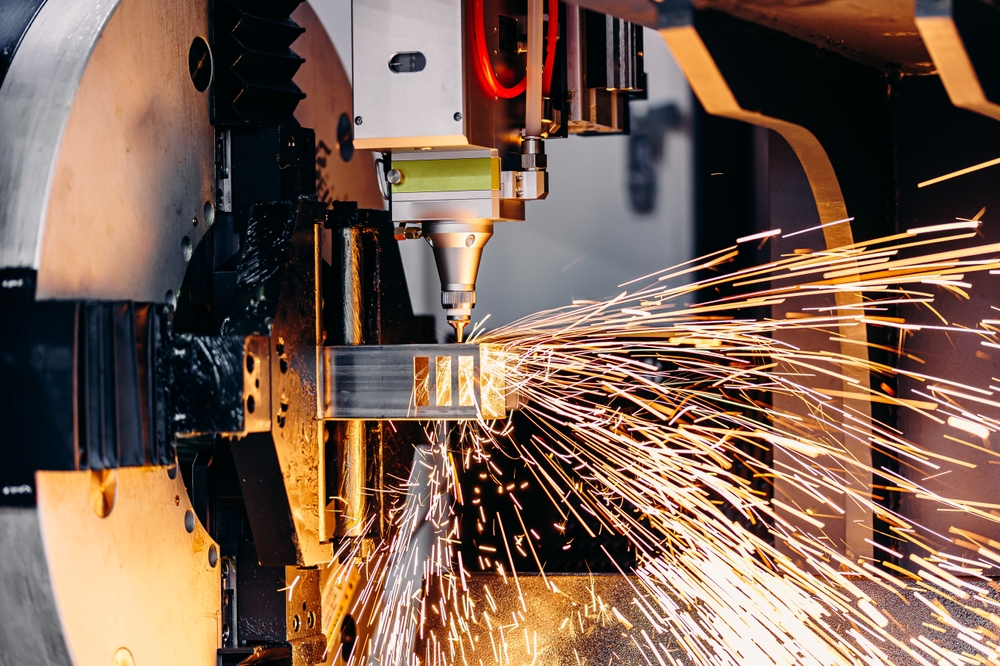German industry is under pressure in a fiercely competitive environment. Especially outside the EU, competitiveness feels like an additional burden. Ursula von der Leyen’s “sensational deal” with Donald Trump ensures that EU exports to the US are subject to a 15 percent tariff, while US products enter the EU duty-free. This is exacerbating the industrial crisis, and many companies are desperately fighting for higher productivity. But every company eventually reaches its limits. (finanzmarktwelt: 12.08.25)
Surveys confirm the influence of competitiveness
In July, almost one in four industrial companies reported declining competitiveness compared to countries outside the EU. An ifo survey reveals the extent of this. The higher the curve rises, the lower the competitive position falls. Compared to April, the negative value remained consistently high.

Even within the EU, there is no real relief. The proportion of companies with a weaker position compared to member states fell only slightly, from 13.4 to 12.0 percent. According to ifo, the industrial crisis is suffering from structural disadvantages such as high energy prices, restrictive regulation, and poor investment conditions. “As a result, many companies are losing ground in global comparison,” the institute states.
Mechanical engineering suffers – export tariffs put pressure on the industry
No sector has been able to gain ground recently. Mechanical engineering, in particular, is under pressure. The proportion of companies with weaker competitiveness rose from 22.2 to 31.9 percent, a record high that further deepens the industrial crisis. The electrical engineering industry is also struggling with export tariffs and declining competitiveness. The automotive sector, on the other hand, is showing some easing. The proportion of negative assessments there fell from 33.0 to 16.1 percent.
Productivity as a last resort
“The challenges facing German industry in international competition remain enormous.” This is how the ifo Institute describes the situation. Following the settlement in the tariff dispute, companies are burdened with a structural surcharge of 15 percent. Whether new trade relations will compensate for this disadvantage is questionable. Many companies are therefore relying on productivity as a lifeline. But higher productivity has its limits if export tariffs remain in place permanently.
Car industry between hope and uncertainty
Why does the mood in the auto industry seem somewhat better? Before the agreement, the US tariff on European vehicles was 27.5 percent. Now, the rate is 15 percent. This makes the situation appear less dramatic, but the industrial crisis persists. Furthermore, it is unclear whether the US government will extend the reduction to auto parts. Analysts therefore see considerable risk. If competitiveness continues to decline, this sector also threatens to come under pressure again.
Ultimately, structural disadvantages, export tariffs, and limited productivity are equally exacerbating the situation for German industry. Short-term relief does not change the long-term trend. The industrial crisis in international competition remains a reality.
